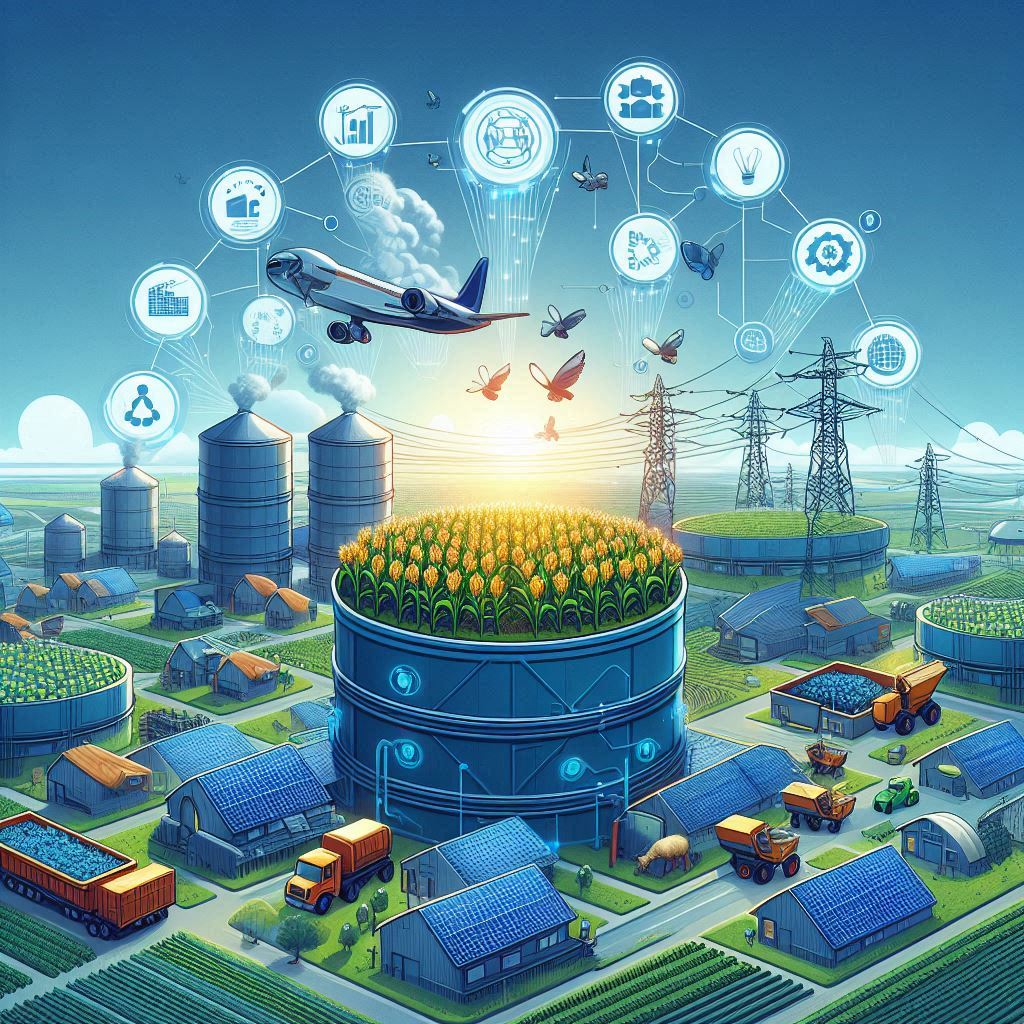In the modern era of technology, harnessing big data for smarter agriculture through Business Intelligence (BI) is becoming increasingly vital. This approach enables farmers and agribusinesses to optimize their operations, increase yields, and ensure sustainable practices. By leveraging vast amounts of data, BI tools provide actionable insights that transform traditional farming methods into data-driven strategies.
The Power of Big Data in Agriculture
Big data in agriculture refers to the extensive volume of information generated from various sources such as weather stations, soil sensors, GPS-enabled tractors, and satellite imagery. This data is crucial for making informed decisions that enhance agricultural productivity. For example, data on soil moisture levels, temperature, and crop health can help farmers determine the best times for planting, irrigating, and harvesting.
How BI Transforms Agricultural Practices
Business Intelligence tools play a significant role in analyzing big data. By integrating various data sources, BI systems provide comprehensive insights that help in decision-making. These tools use advanced analytics and machine learning algorithms to process and interpret data, revealing patterns and trends that were previously undetectable.
Real-time Data Analysis
One of the key benefits of BI in agriculture is real-time data analysis. This capability allows farmers to monitor their fields continuously and make immediate adjustments. For instance, if a sensor detects low soil moisture in a particular area, the BI system can trigger an irrigation system to address the issue promptly. This real-time responsiveness ensures optimal growing conditions and prevents potential crop failures.
Predictive Analytics
Predictive analytics is another powerful feature of BI tools. By analyzing historical data, BI systems can predict future trends and outcomes. For agriculture, this means forecasting crop yields, pest infestations, and weather patterns. Farmers can use these predictions to plan their activities better and mitigate risks. For example, if a BI system predicts a dry season, farmers can prepare by investing in drought-resistant crops or improving their irrigation infrastructure.
Applications of Big Data and BI in Agriculture
The applications of big data and BI in agriculture are vast and varied. Here are a few examples:
Precision Farming
Precision farming involves using big data and BI to make farming more accurate and controlled. By analyzing data from various sources, farmers can manage their fields on a micro-scale, optimizing inputs such as water, fertilizer, and pesticides. This targeted approach reduces waste, lowers costs, and increases yields.
Crop Monitoring
With the help of satellite imagery and drone technology, BI systems can monitor crop health and growth patterns. These tools can detect issues such as pest infestations, nutrient deficiencies, and disease outbreaks early. By addressing these problems promptly, farmers can prevent significant damage and ensure healthy crop production.
Supply Chain Optimization
BI tools can also optimize the agricultural supply chain. By analyzing data on market demand, weather conditions, and transportation logistics, farmers and agribusinesses can streamline their operations. This optimization ensures that crops are harvested at the right time, transported efficiently, and sold at the best market prices.
Challenges in Implementing Big Data and BI in Agriculture
Despite the benefits, implementing big data and BI in agriculture comes with challenges. These include data privacy concerns, the high cost of technology, and the need for technical expertise. Farmers must also be willing to adapt to new methods and continuously update their knowledge and skills.
Data Privacy Concerns
The collection and use of vast amounts of data raise privacy issues. Farmers need assurance that their data will be used responsibly and that their privacy will be protected. Establishing clear data governance policies and using secure platforms can help address these concerns.
Cost of Technology
The initial investment in big data and BI technology can be high. However, the long-term benefits, such as increased efficiency and higher yields, often outweigh the costs. Financial support from governments and agricultural organizations can also help farmers adopt these technologies.
Need for Technical Expertise
Using BI tools requires a certain level of technical expertise. Farmers need training to understand and effectively use these tools. Partnerships with technology providers and continuous education can bridge this gap.
Conclusion
Harnessing big data for smarter agriculture through Business Intelligence is revolutionizing the farming industry. By providing real-time data analysis and predictive insights, BI tools enable farmers to make informed decisions that enhance productivity and sustainability. While there are challenges in implementing these technologies, the long-term benefits make it a worthwhile investment. Embracing big data and BI is crucial for the future of agriculture, ensuring food security and sustainable practices for generations to come.
FAQ
What is big data in agriculture?
Big data in agriculture refers to the large volumes of information generated from various sources such as weather stations, soil sensors, and satellite imagery. This data helps farmers make informed decisions to improve productivity and sustainability.
How does BI help in agriculture?
Business Intelligence (BI) tools analyze big data to provide actionable insights. These tools enable real-time data analysis, predictive analytics, and optimized decision-making, enhancing agricultural practices.
What are the benefits of using big data and BI in agriculture?
The benefits include improved crop yields, reduced waste, efficient resource management, and optimized supply chains. BI tools also help in early detection of issues such as pest infestations and disease outbreaks.
What are the challenges in implementing big data and BI in agriculture?
Challenges include data privacy concerns, high technology costs, and the need for technical expertise. Addressing these challenges requires clear data governance policies, financial support, and continuous education for farmers.
How can farmers overcome the high cost of technology?
Farmers can overcome high technology costs through financial support from governments and agricultural organizations. The long-term benefits of increased efficiency and higher yields often outweigh the initial investment.



